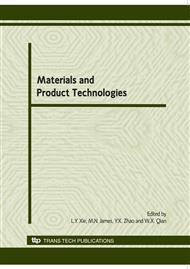p.576
p.581
p.586
p.591
p.596
p.601
p.606
p.611
p.616
Research on Spurious Trip of 1oo2 Safety Instruments of Petrochemical Installation with Repair Considered
Abstract:
An innovative nuisance trip calculation method based on Markov model was proposed in this paper which was used to evaluate the effect of repairment on system reliability. By analysis of the availabilities of classic 1 out of 2 (1oo2) repairable system, a new definition of spurious trip was put forwarded where online repair was considered. Compared with the benefits obtained by online repairment, the repair-caused-nuisance-trip was analyzed in this paper. Numerical calculation revealed that the online repair is helpful for anti-spurious trip in 1oo2 redundant system. Dangerous failures, if not repaired or cannot be online fixed, have complex influence on system reliability. The dangerous failure is sometimes benefit for anti-spurious performance if it is not repaired. But Mean Time To Failure Spurious (MTTFs) reduces with the increase of dangerous failure provided that dangerous failure rate is bigger than safe failure rate. Meanwhile, the finding that common cause can reduce the chance of nuisance trip was also proposed in this paper, though the influence is too small to be neglected.
Info:
Periodical:
Pages:
596-600
Citation:
Online since:
June 2010
Authors:
Keywords:
Price:
Сopyright:
© 2010 Trans Tech Publications Ltd. All Rights Reserved
Share:
Citation:


